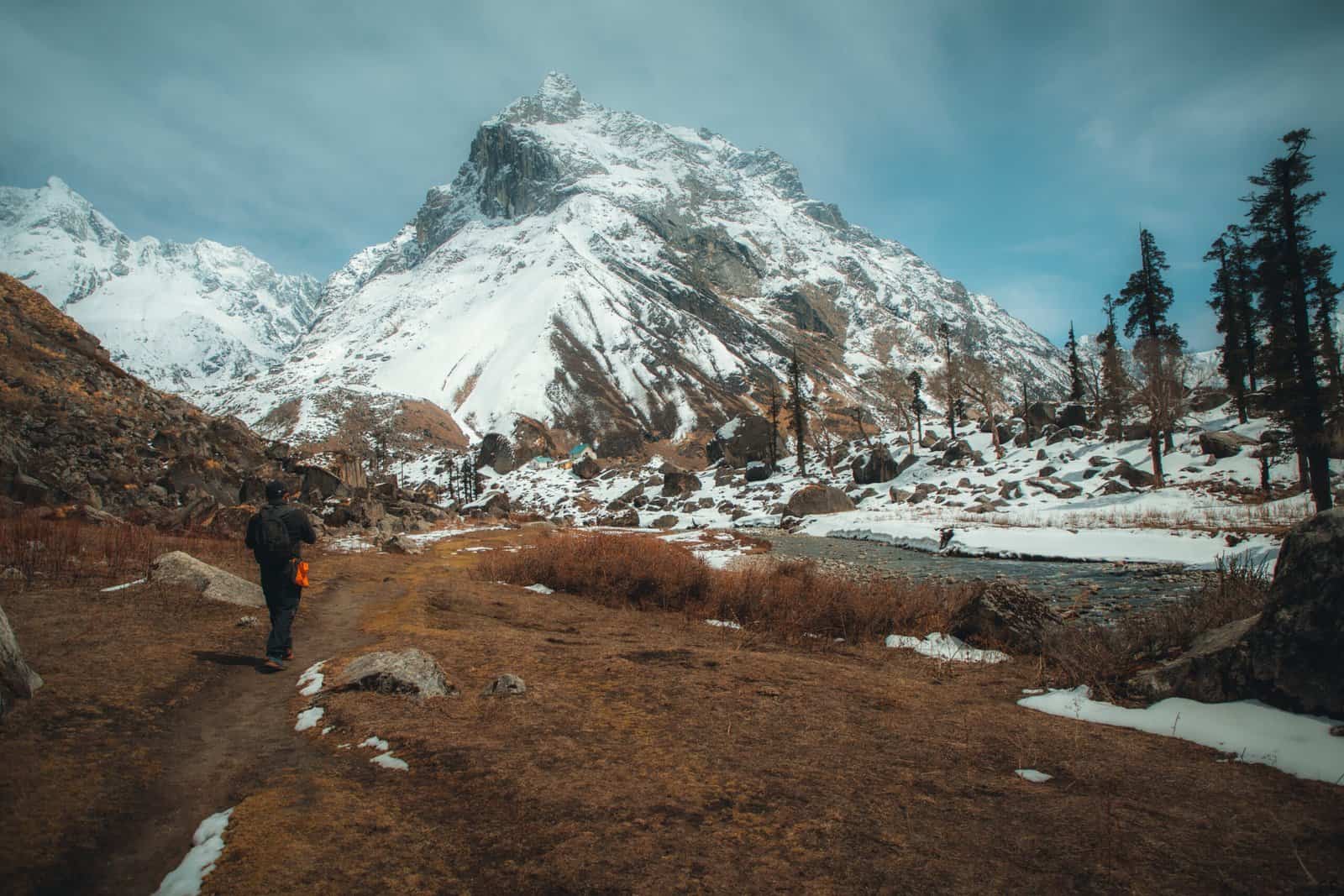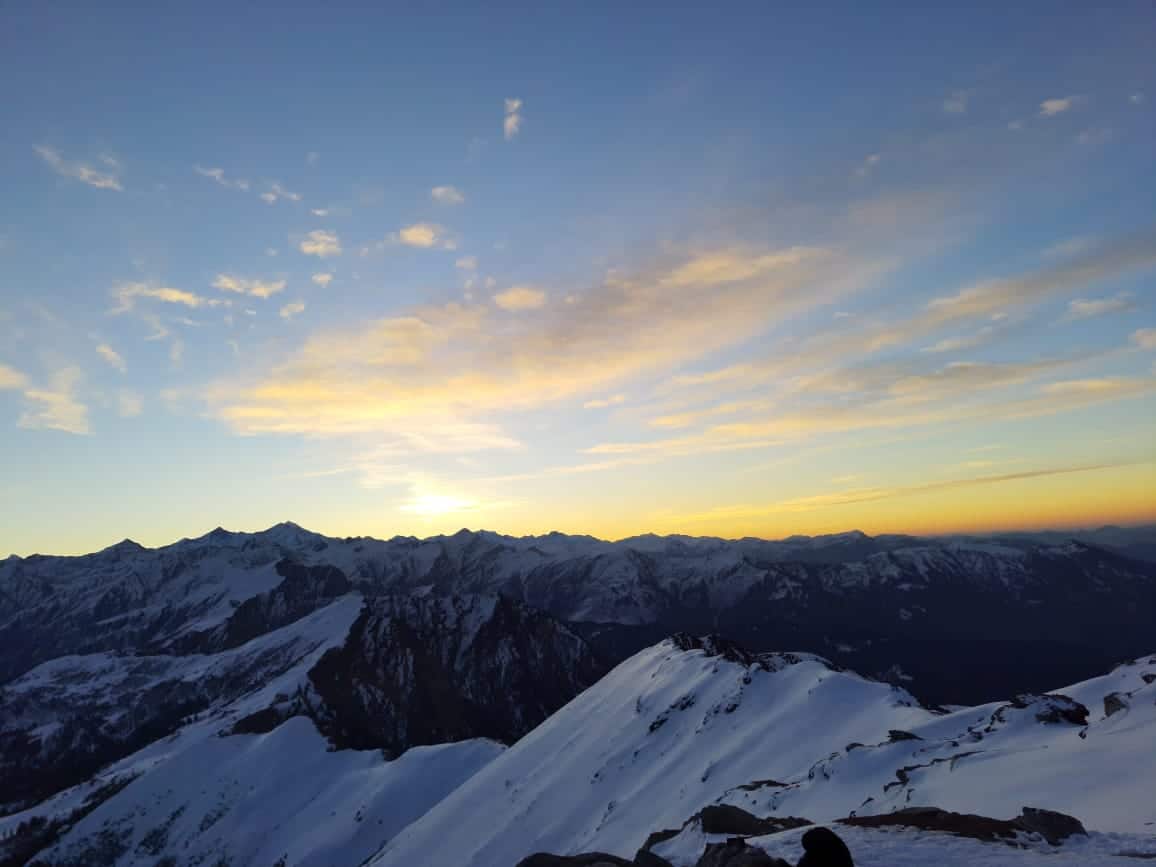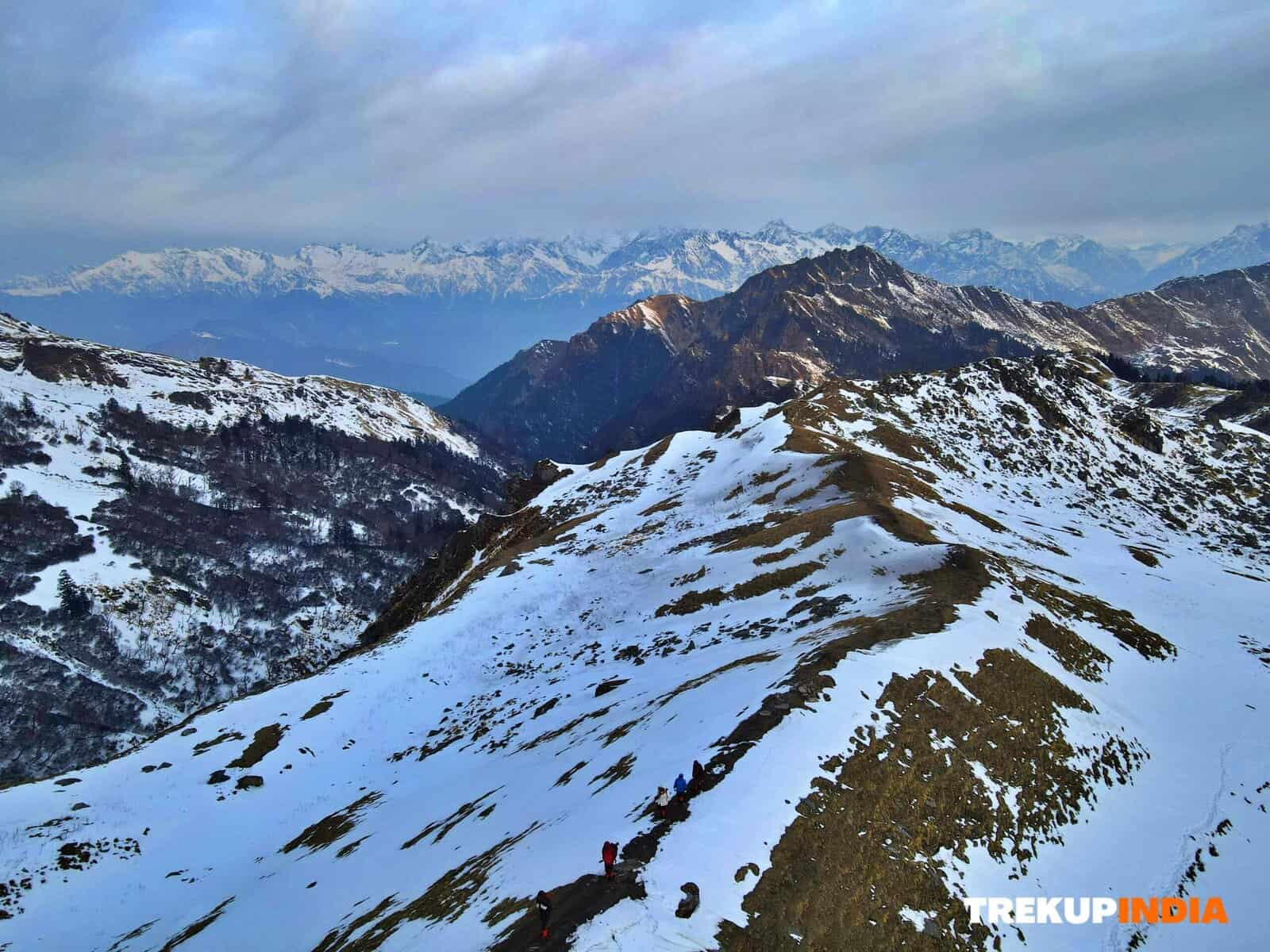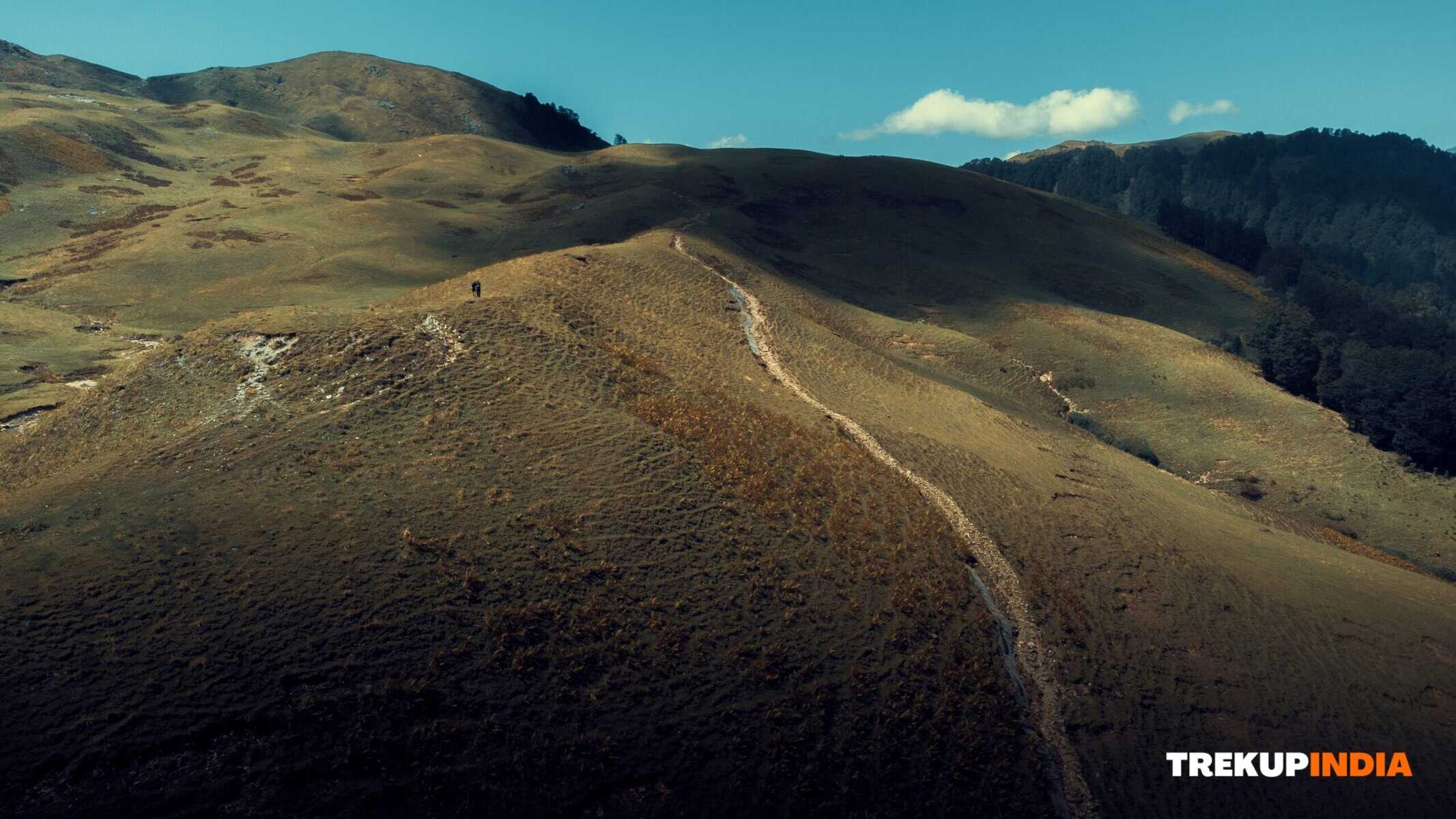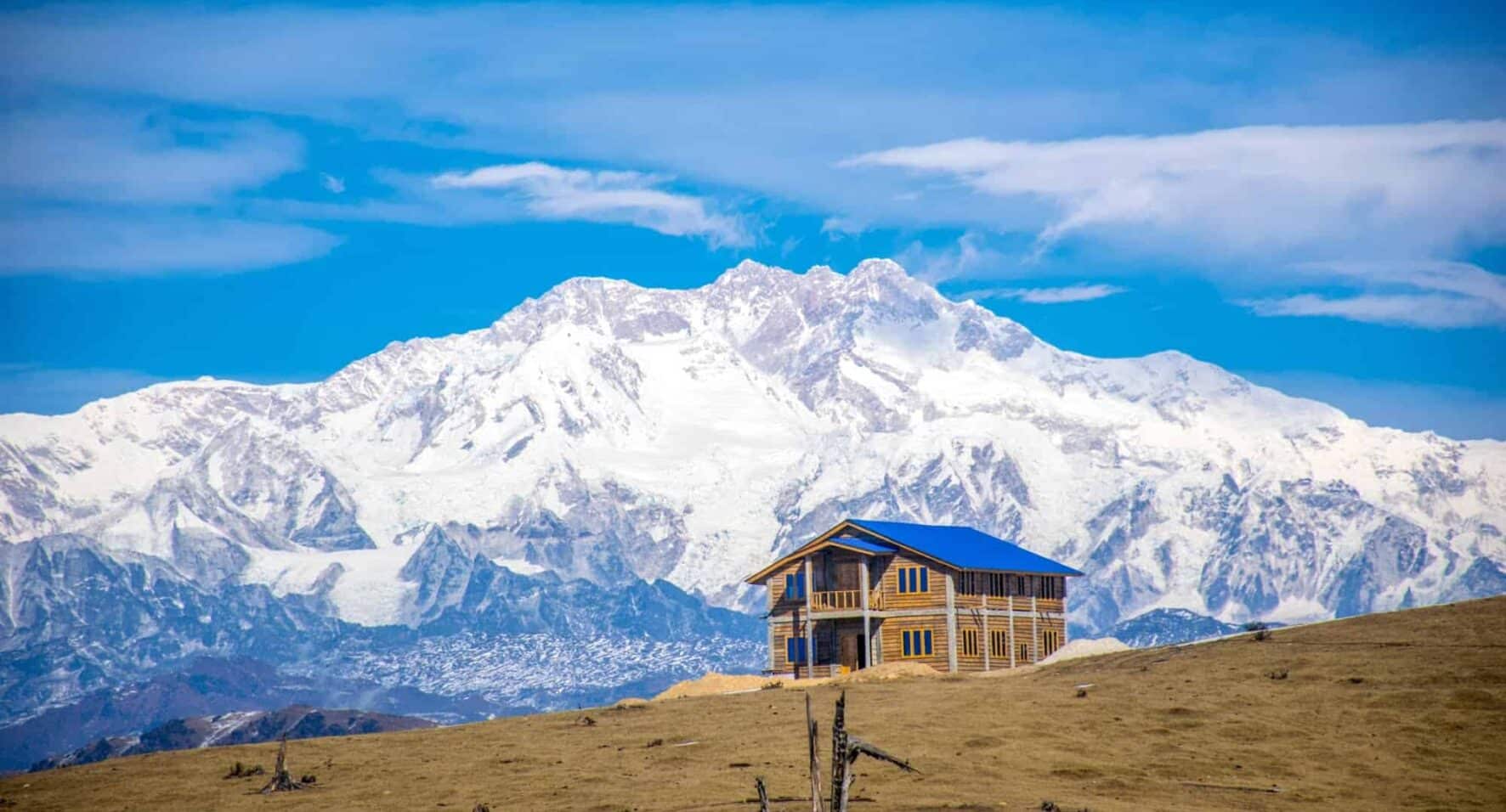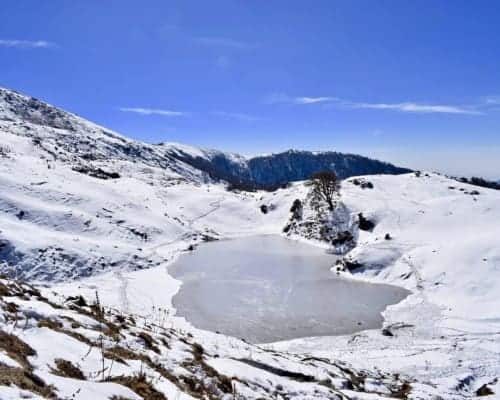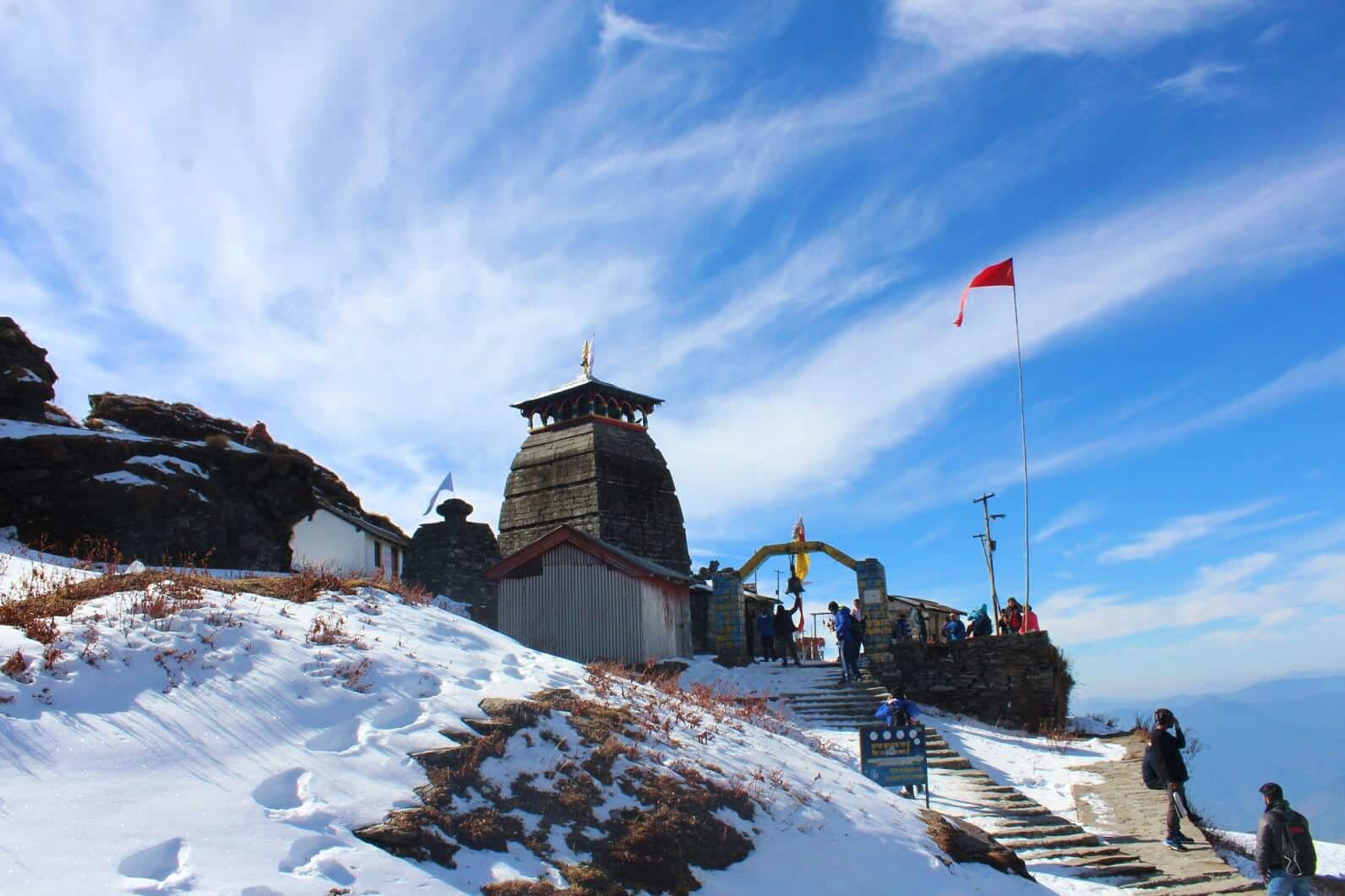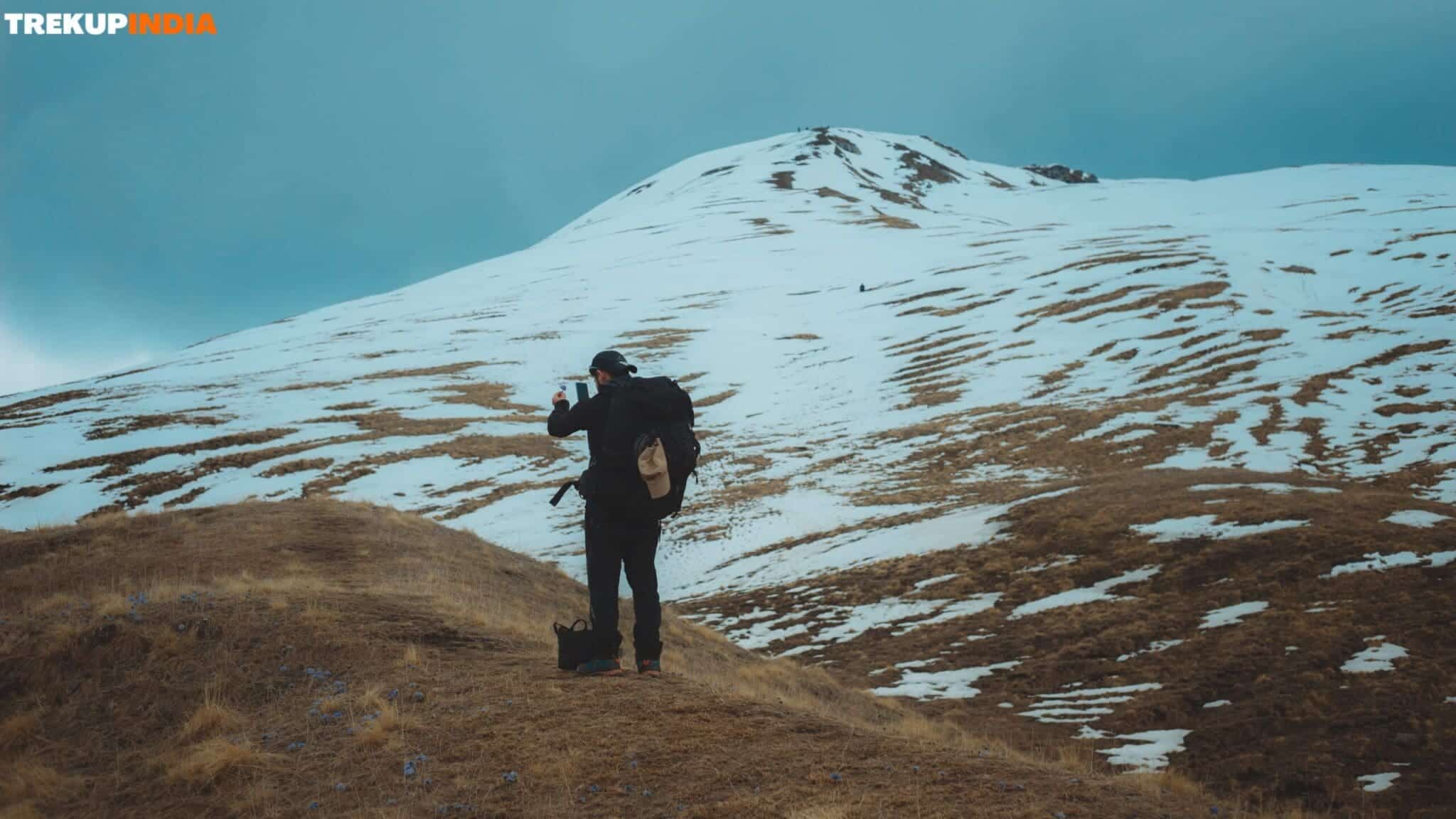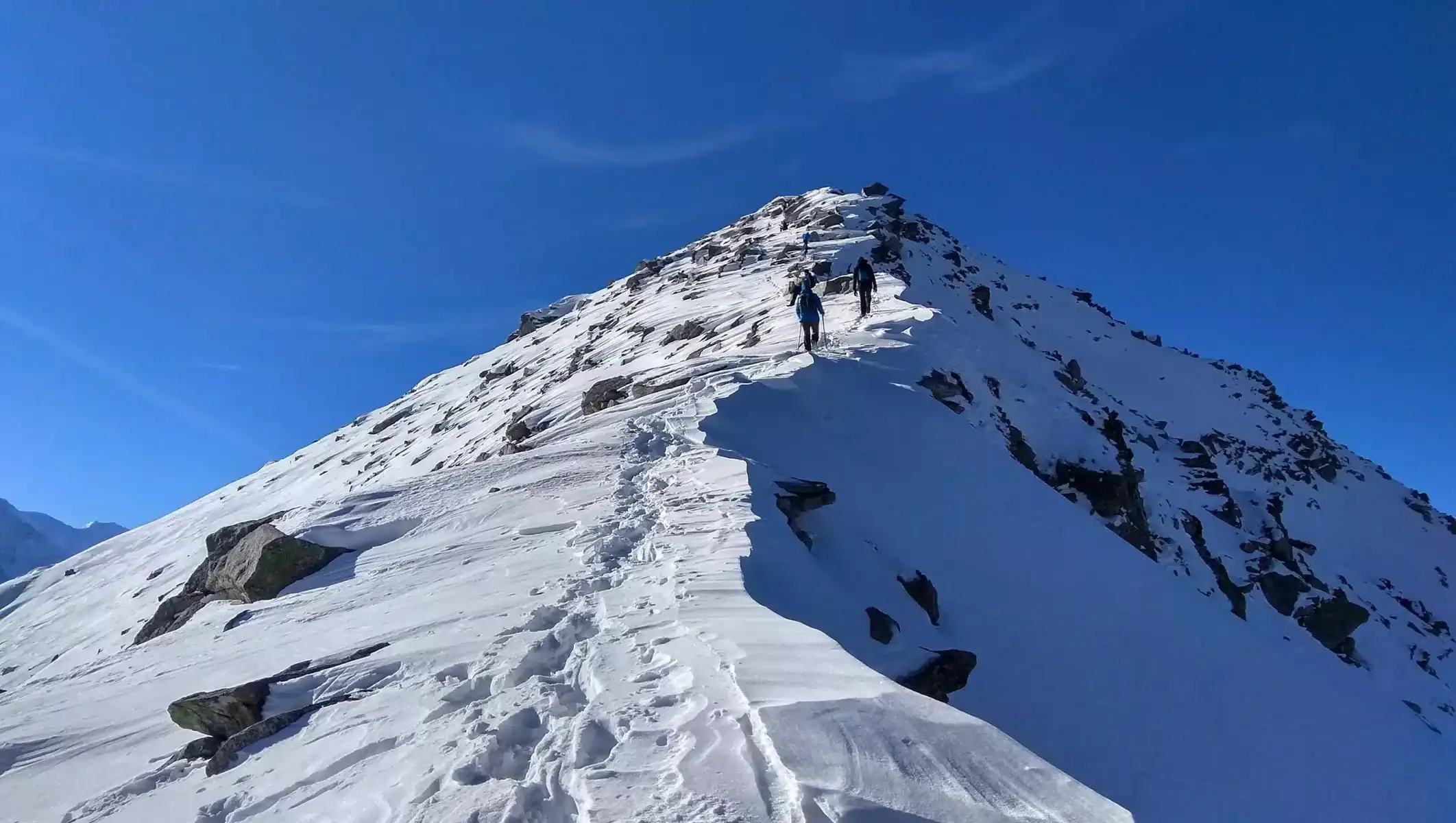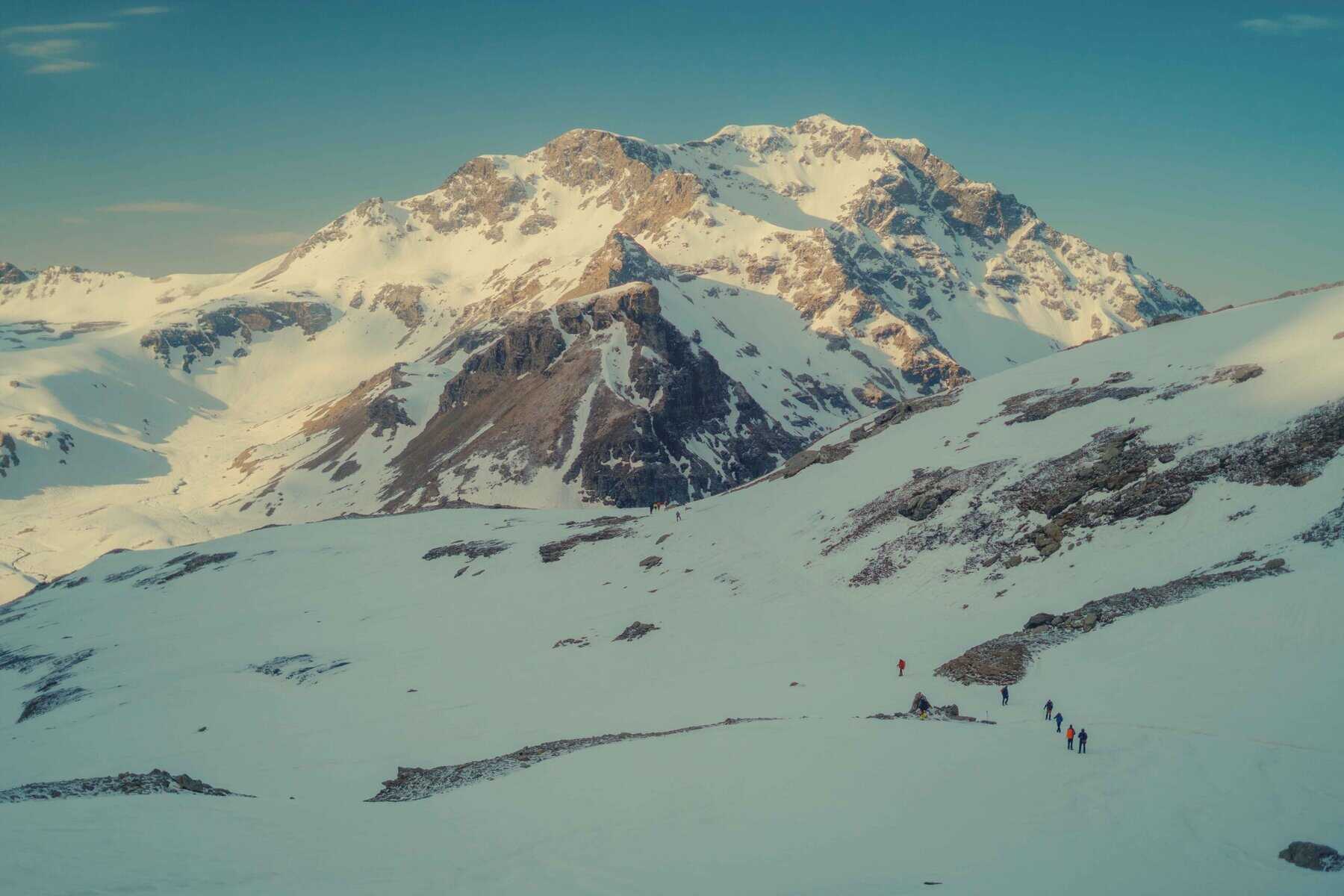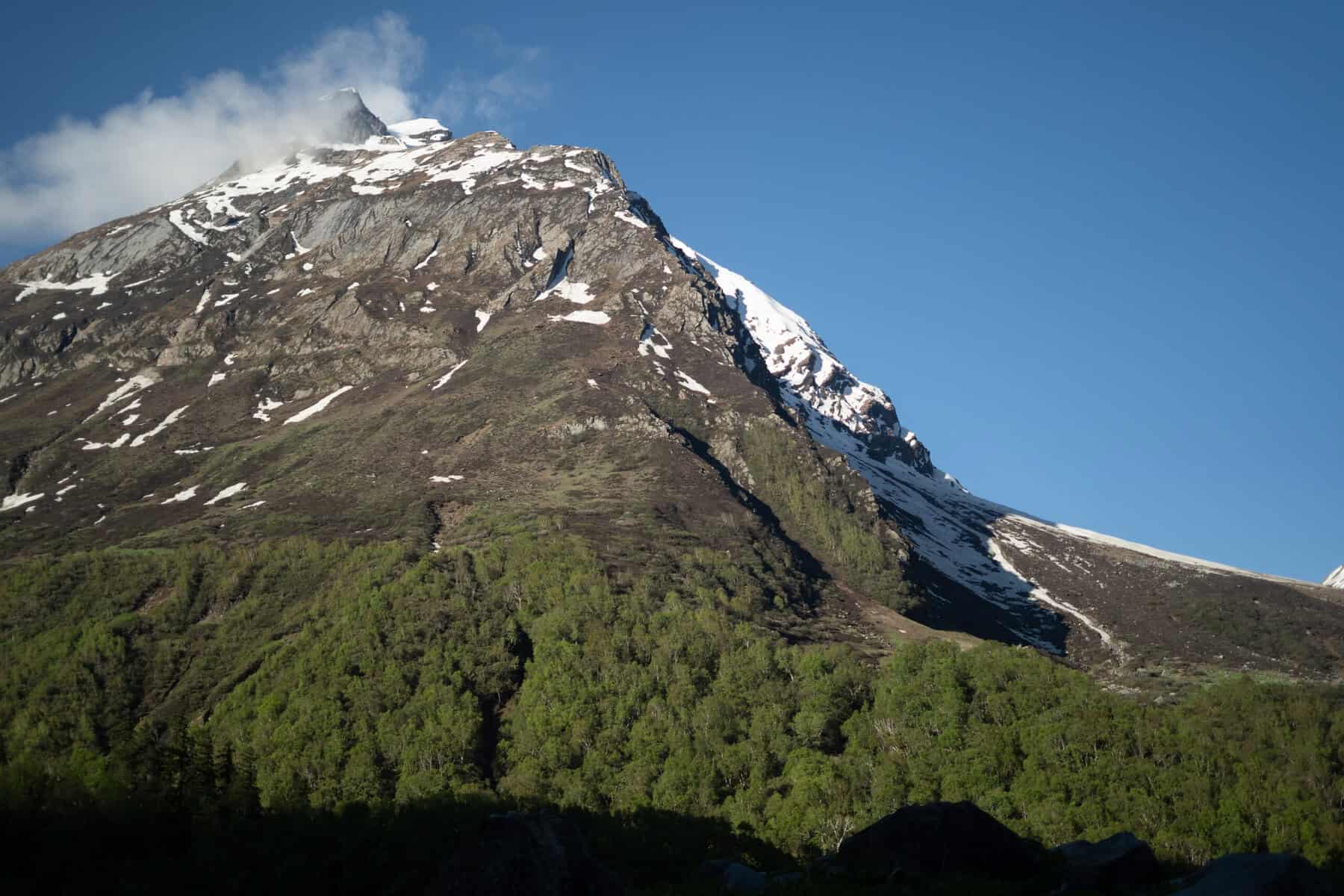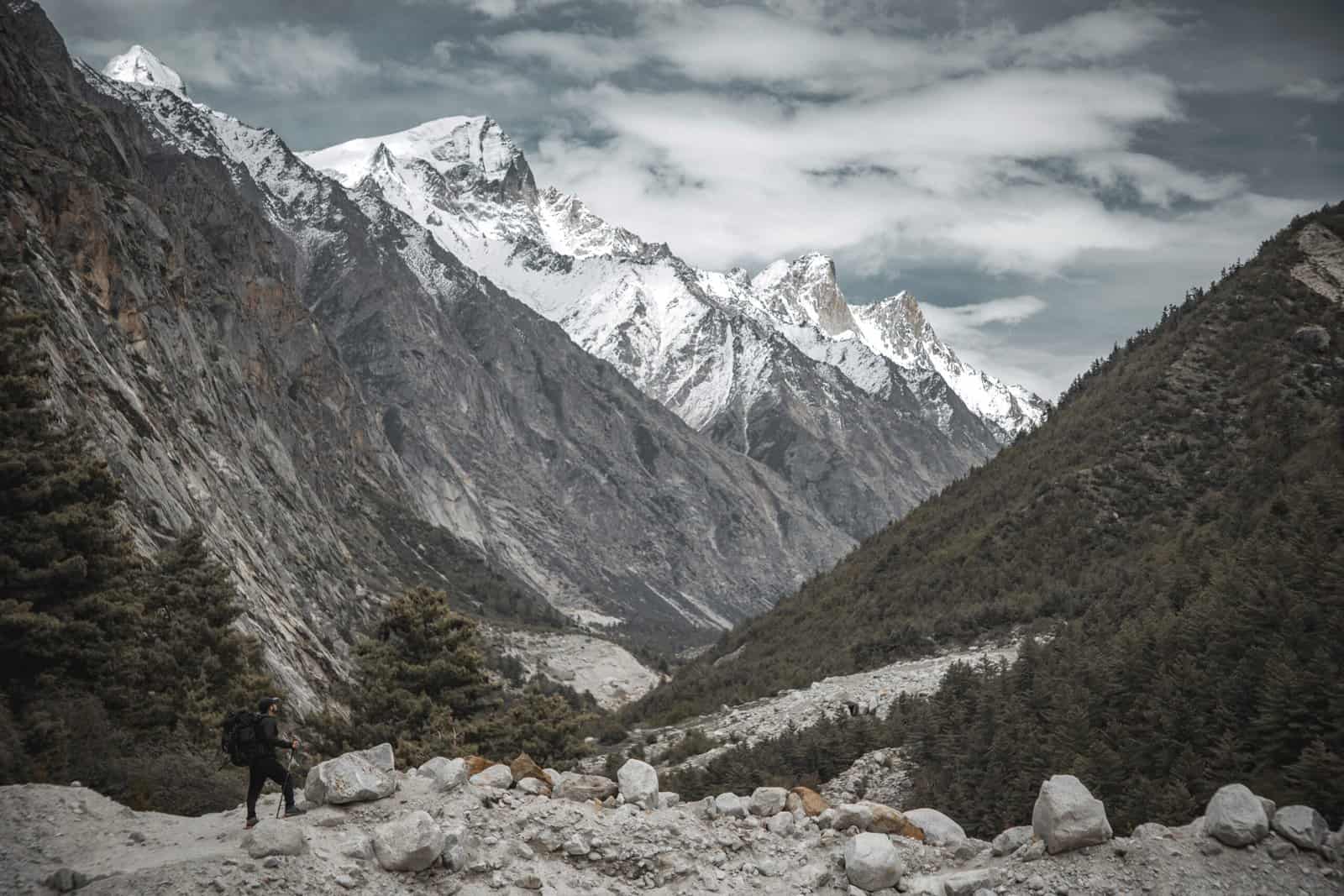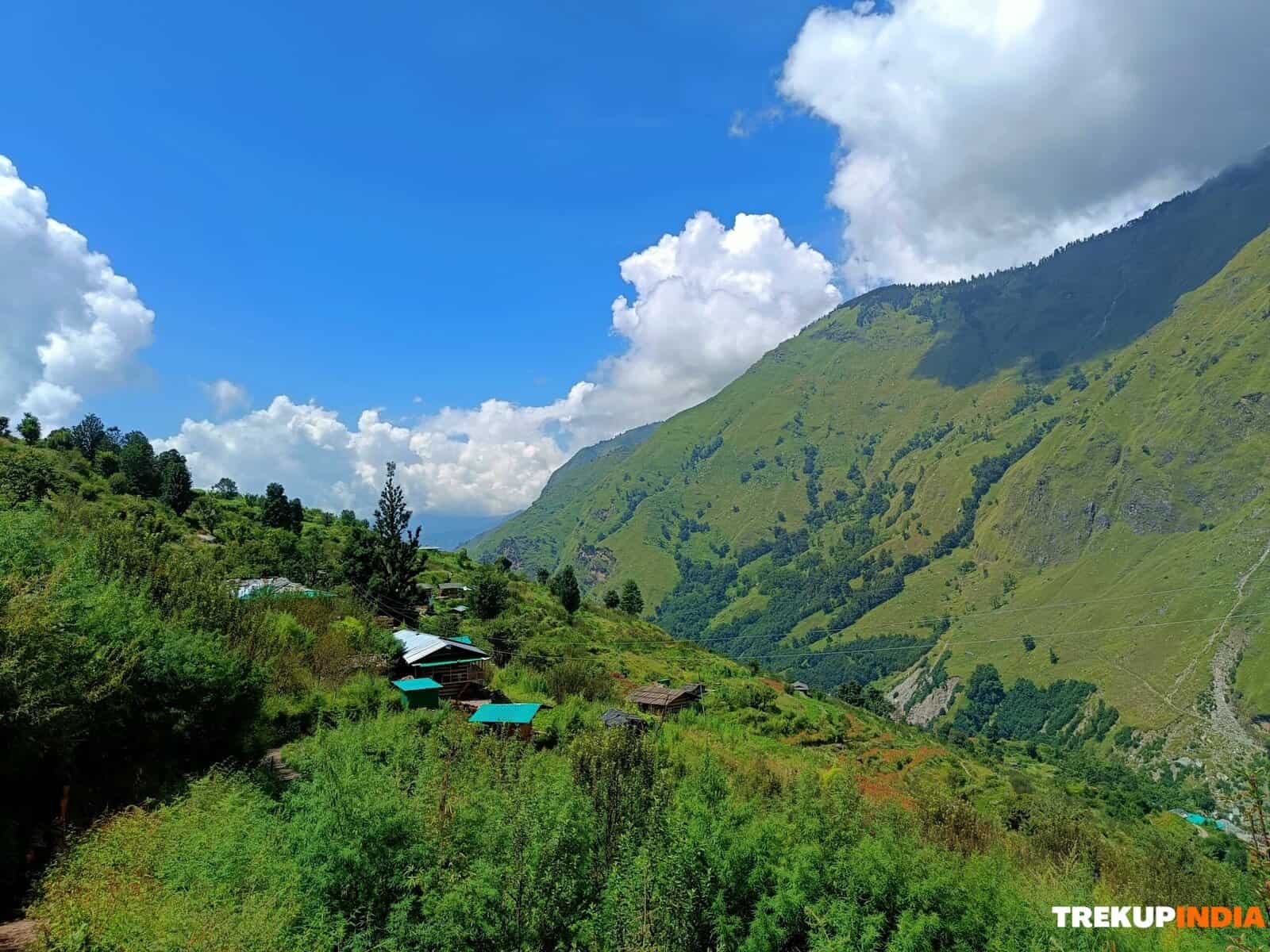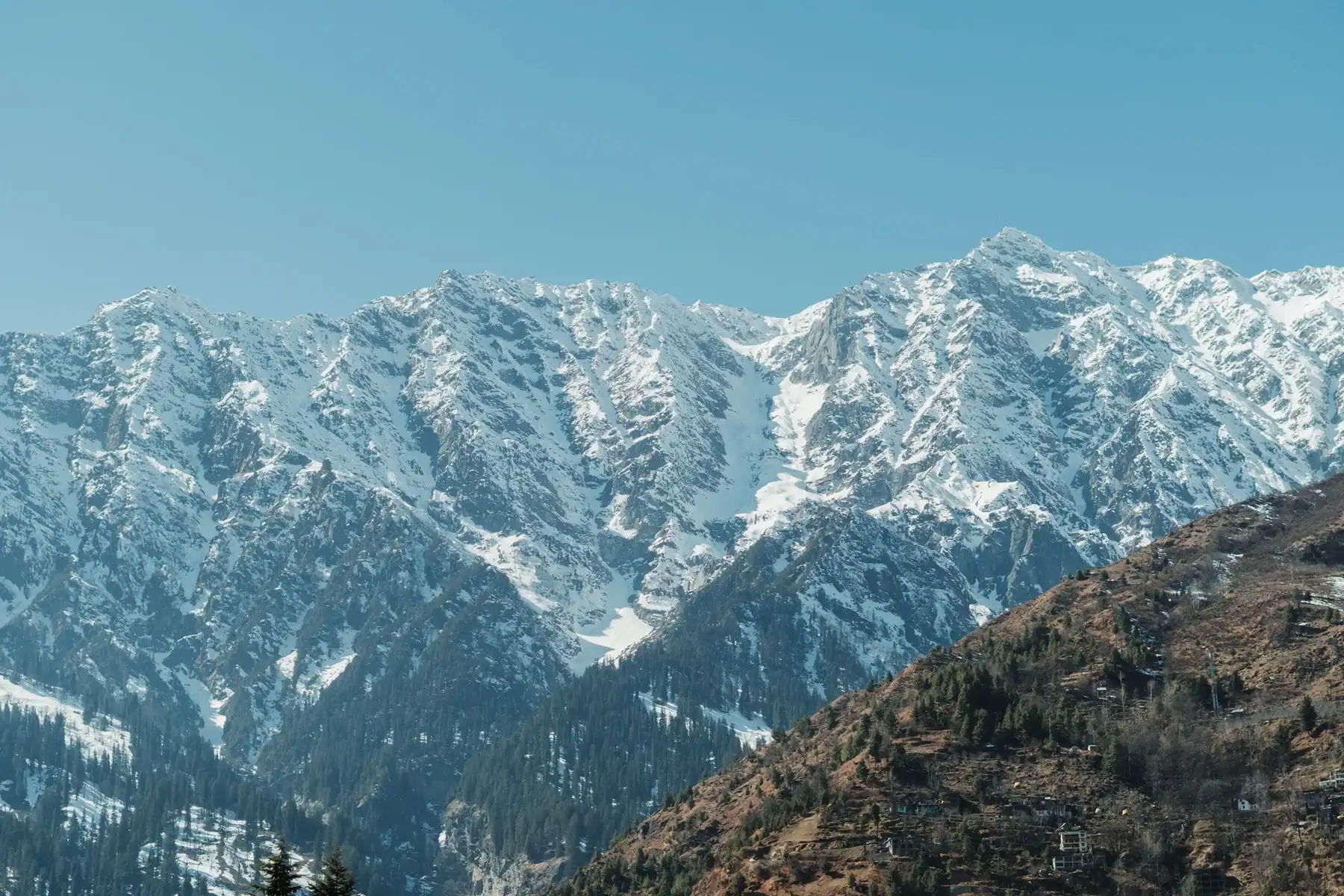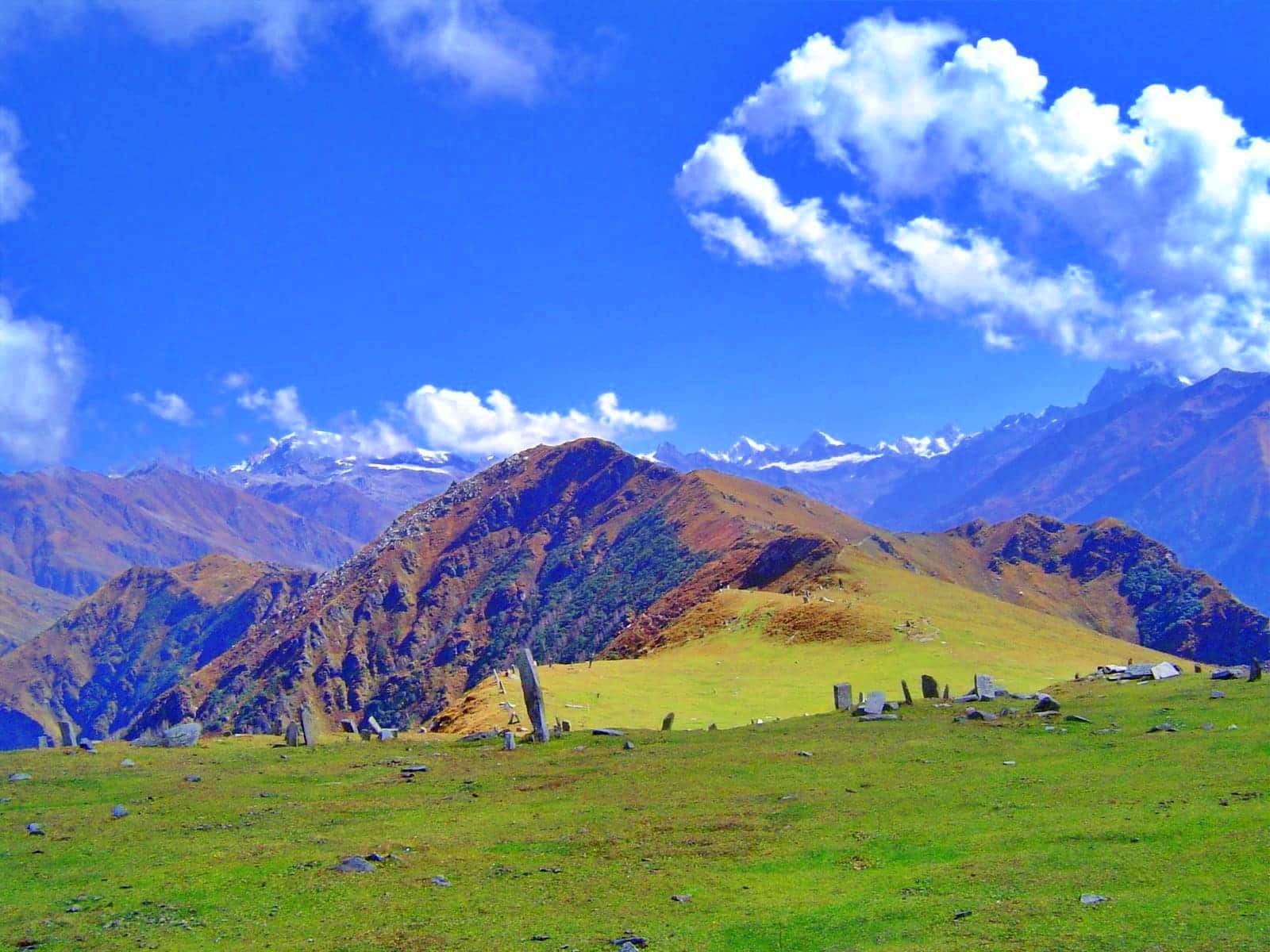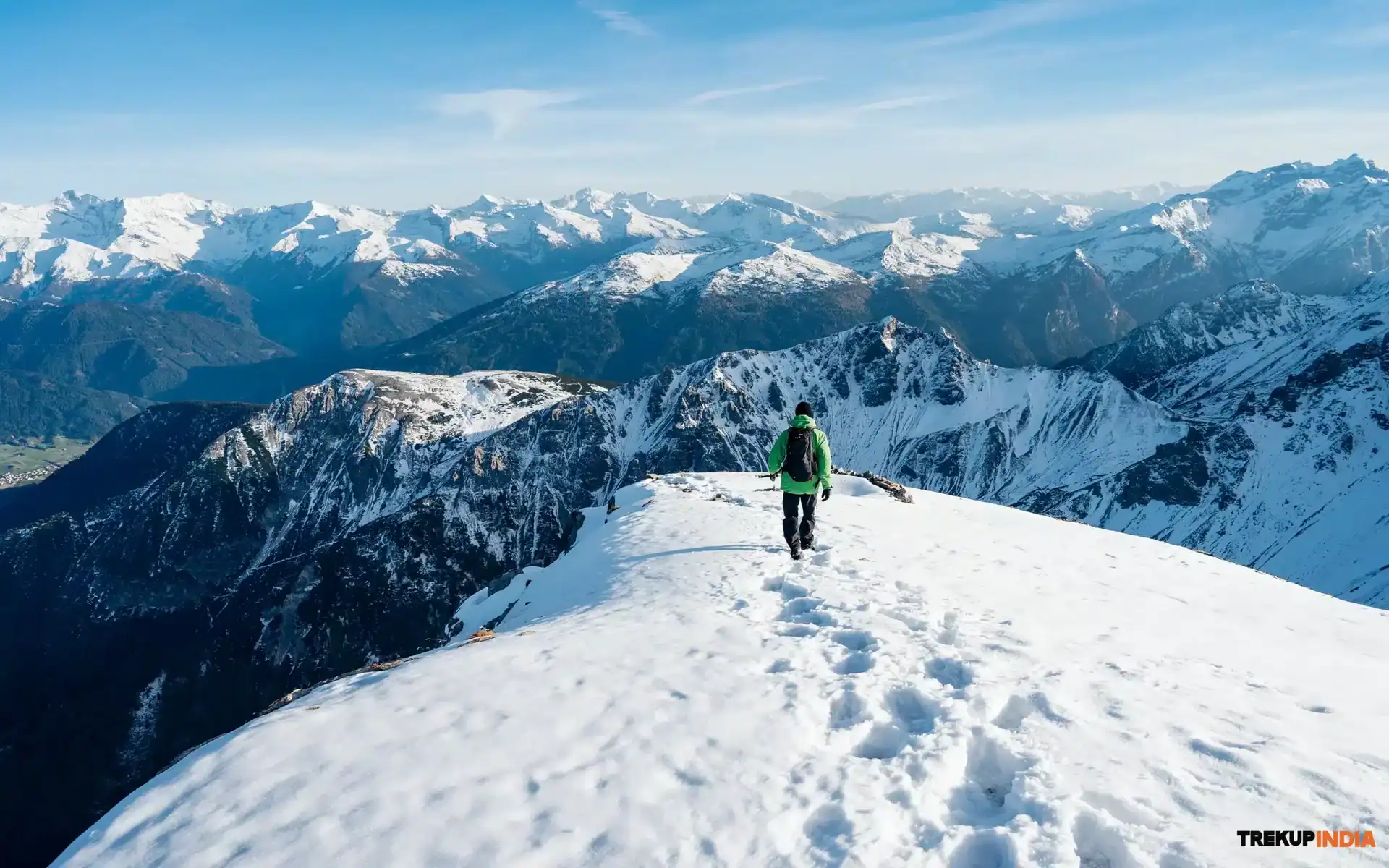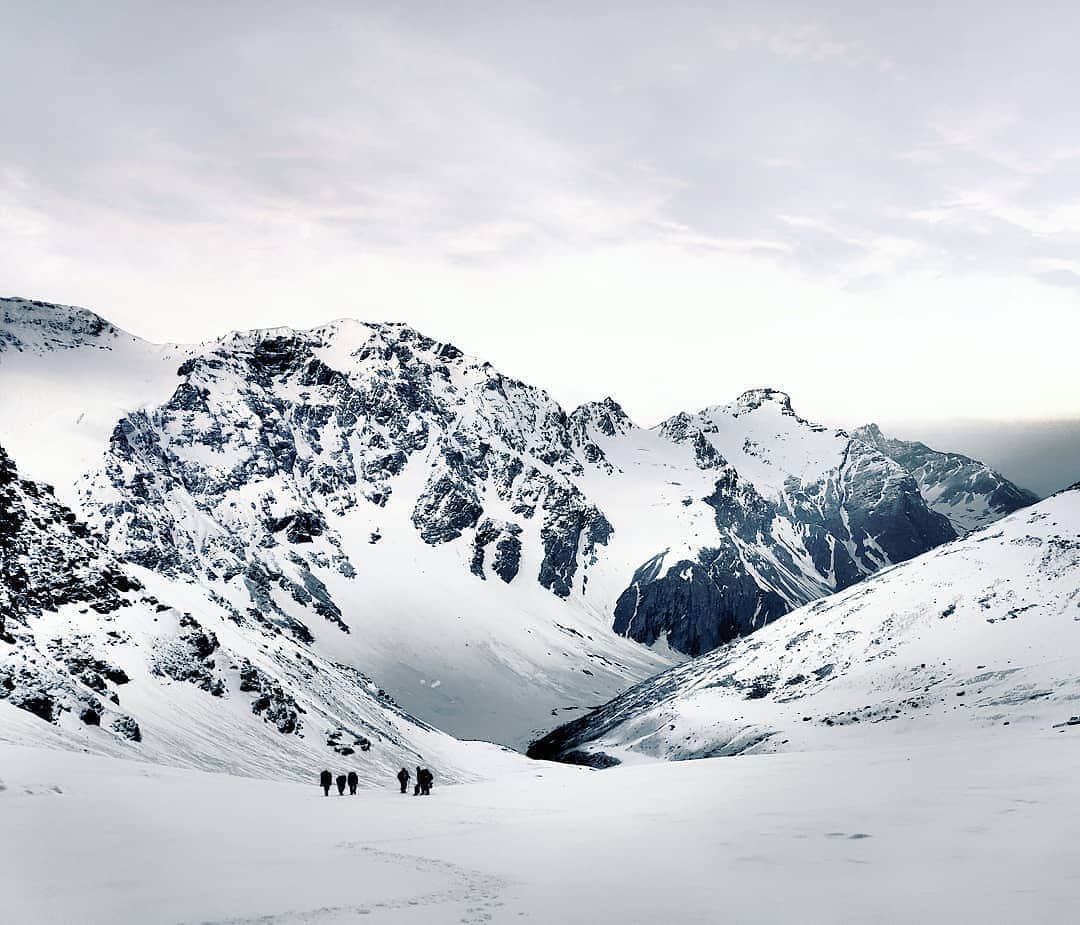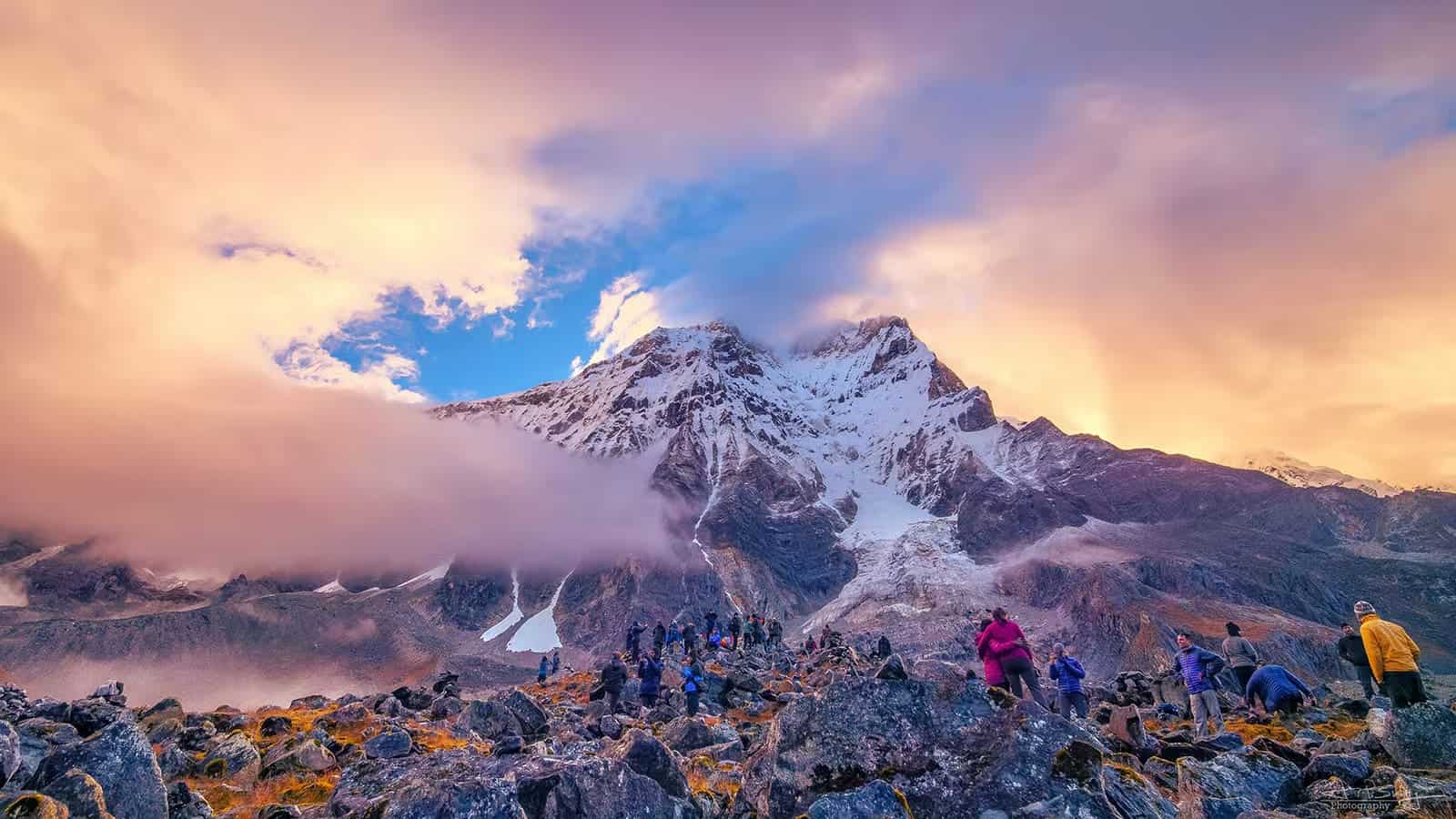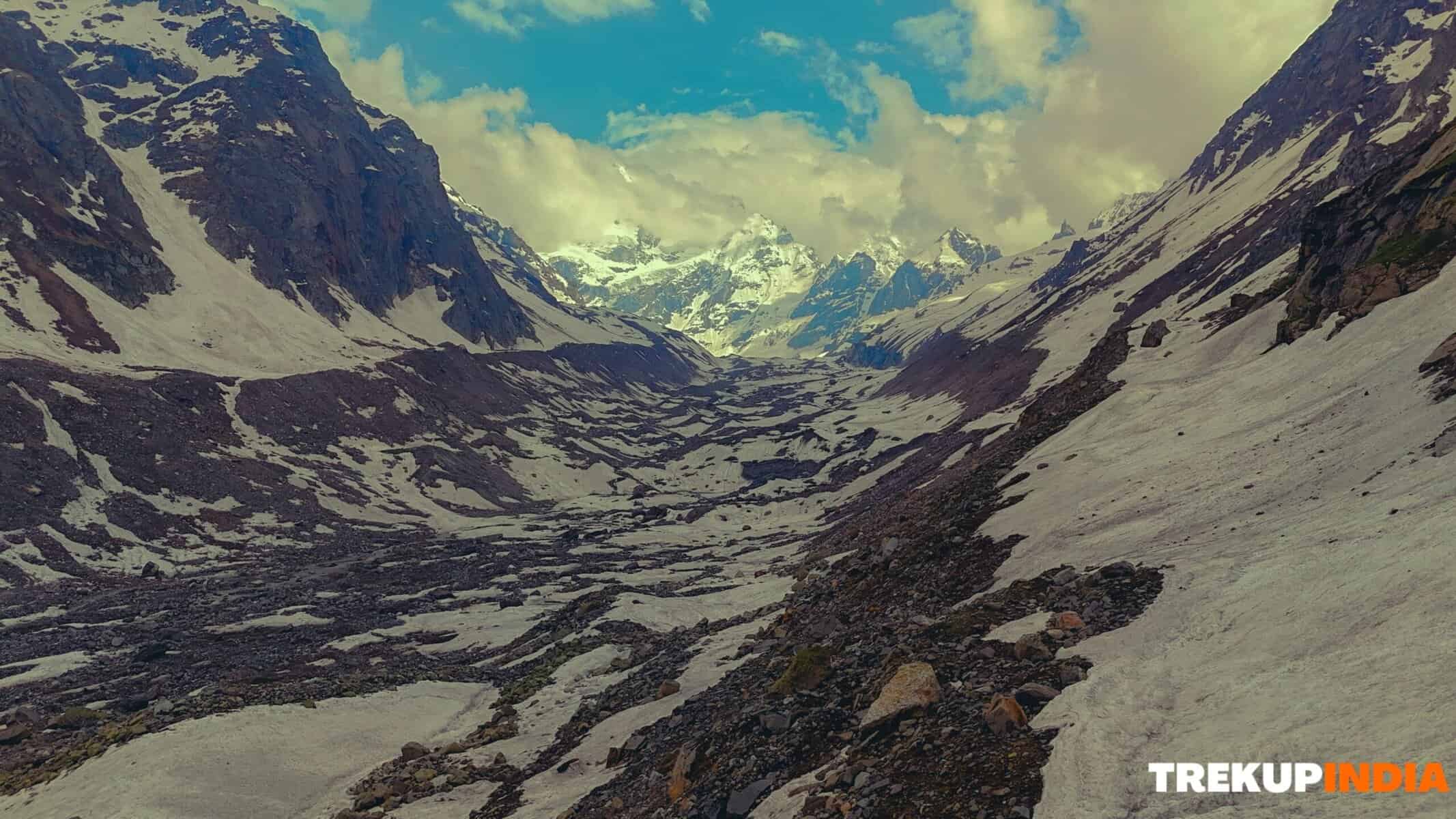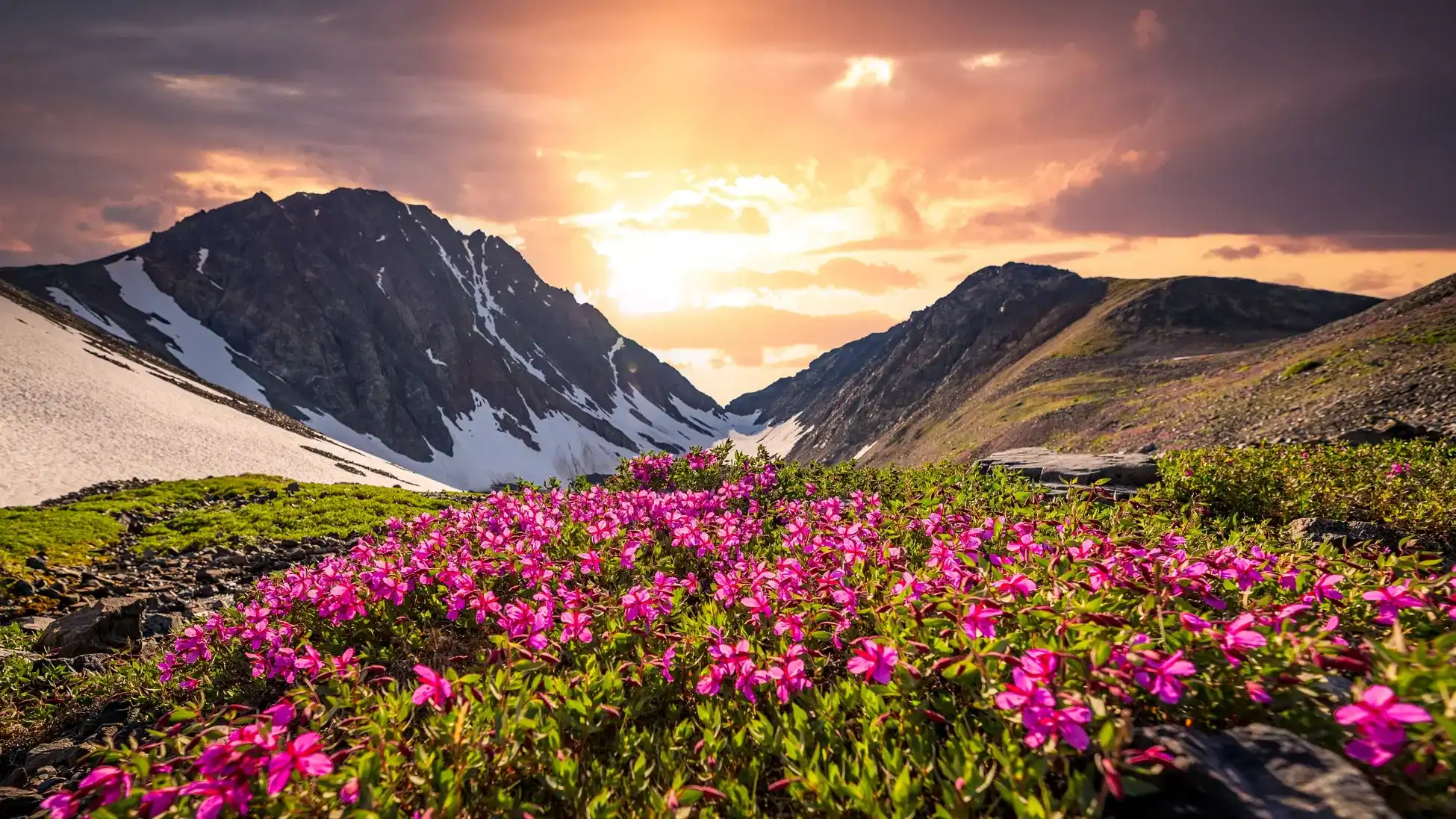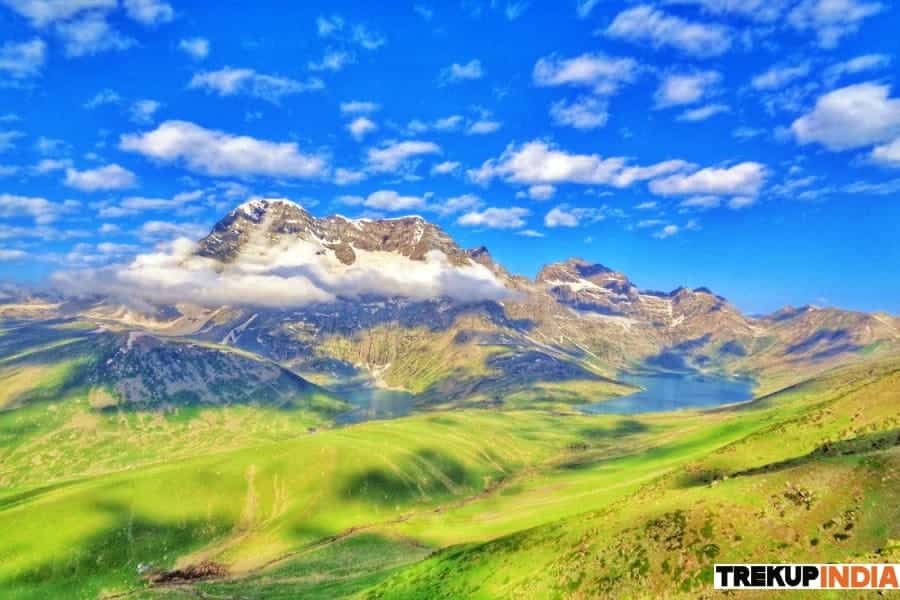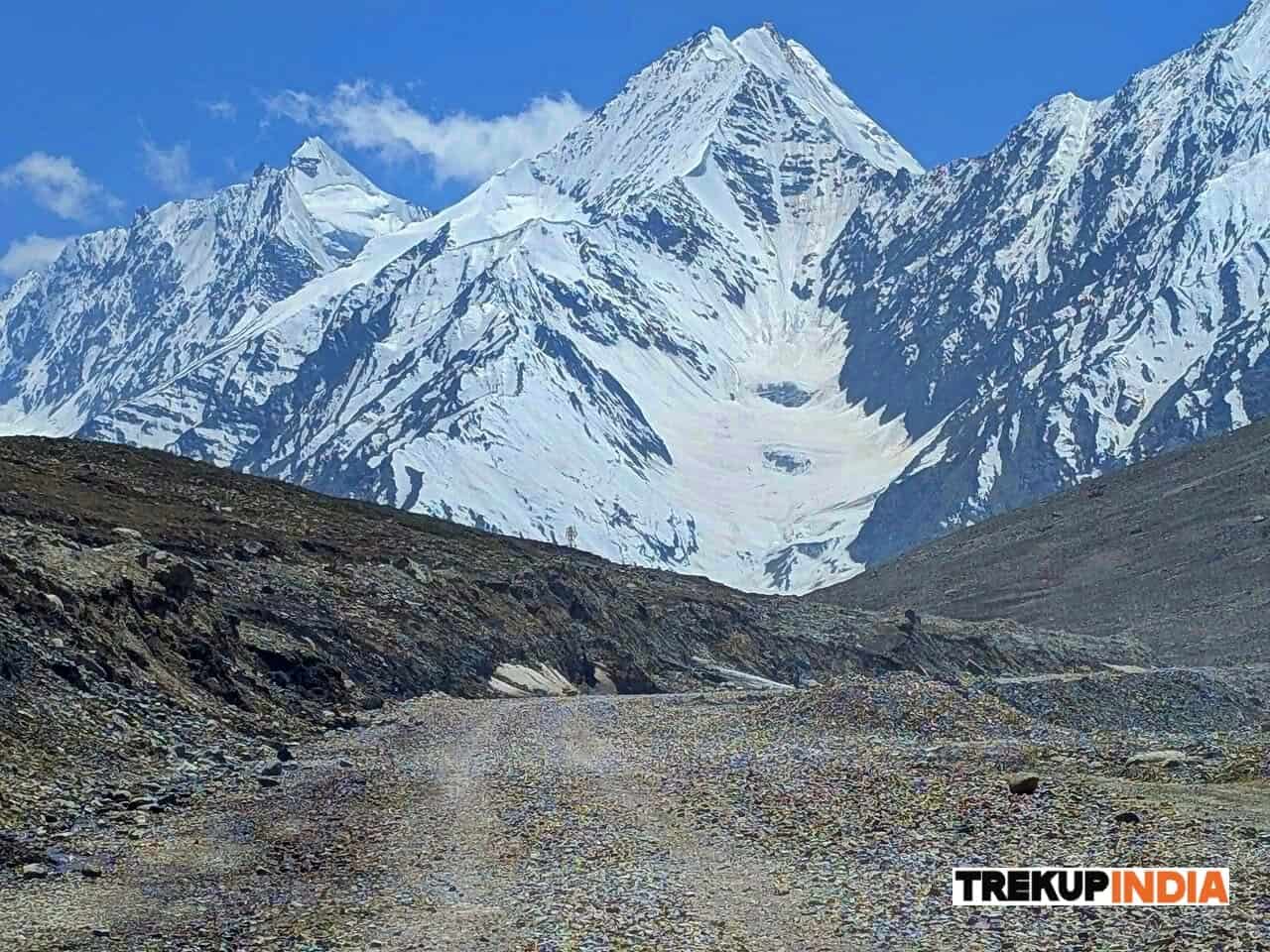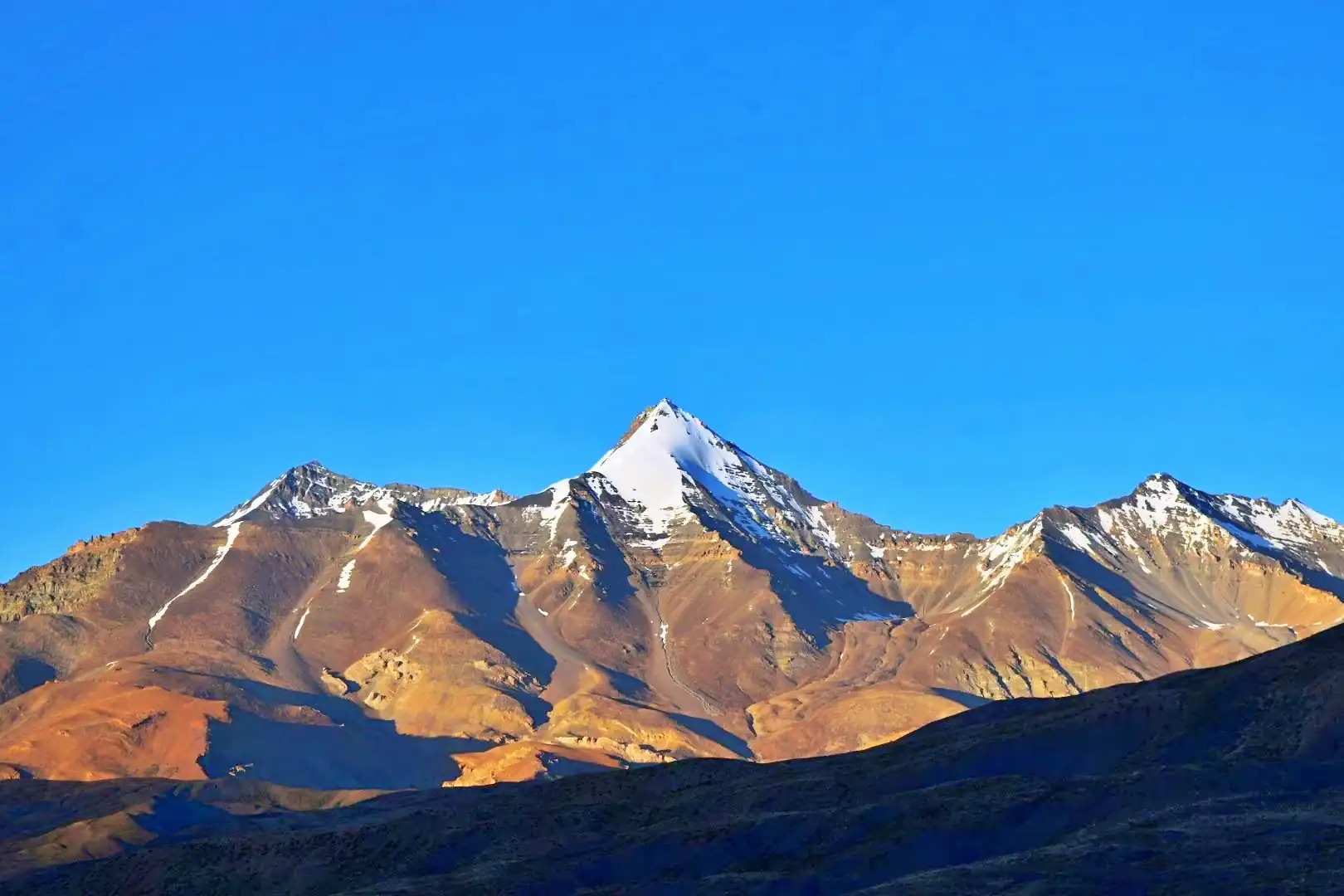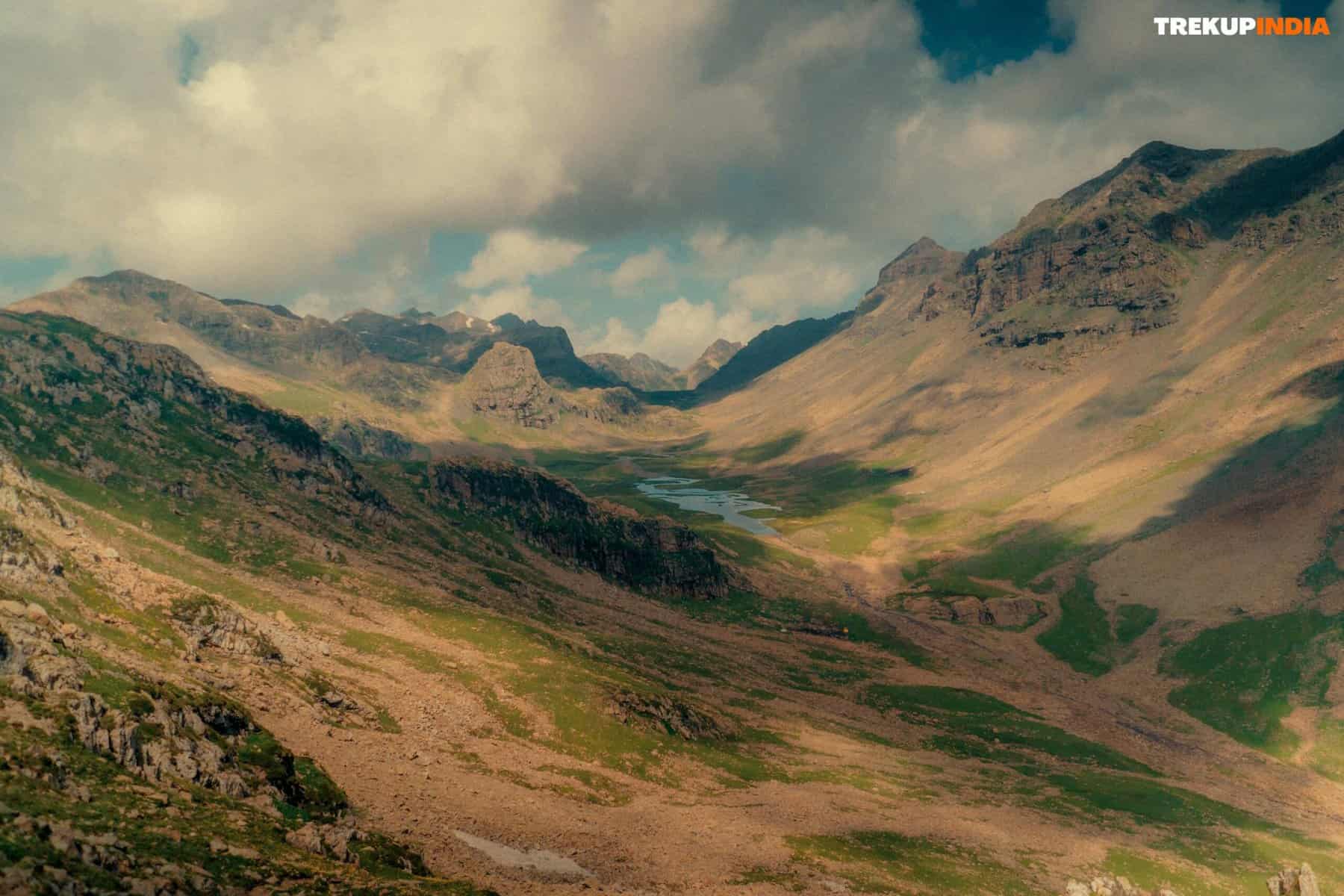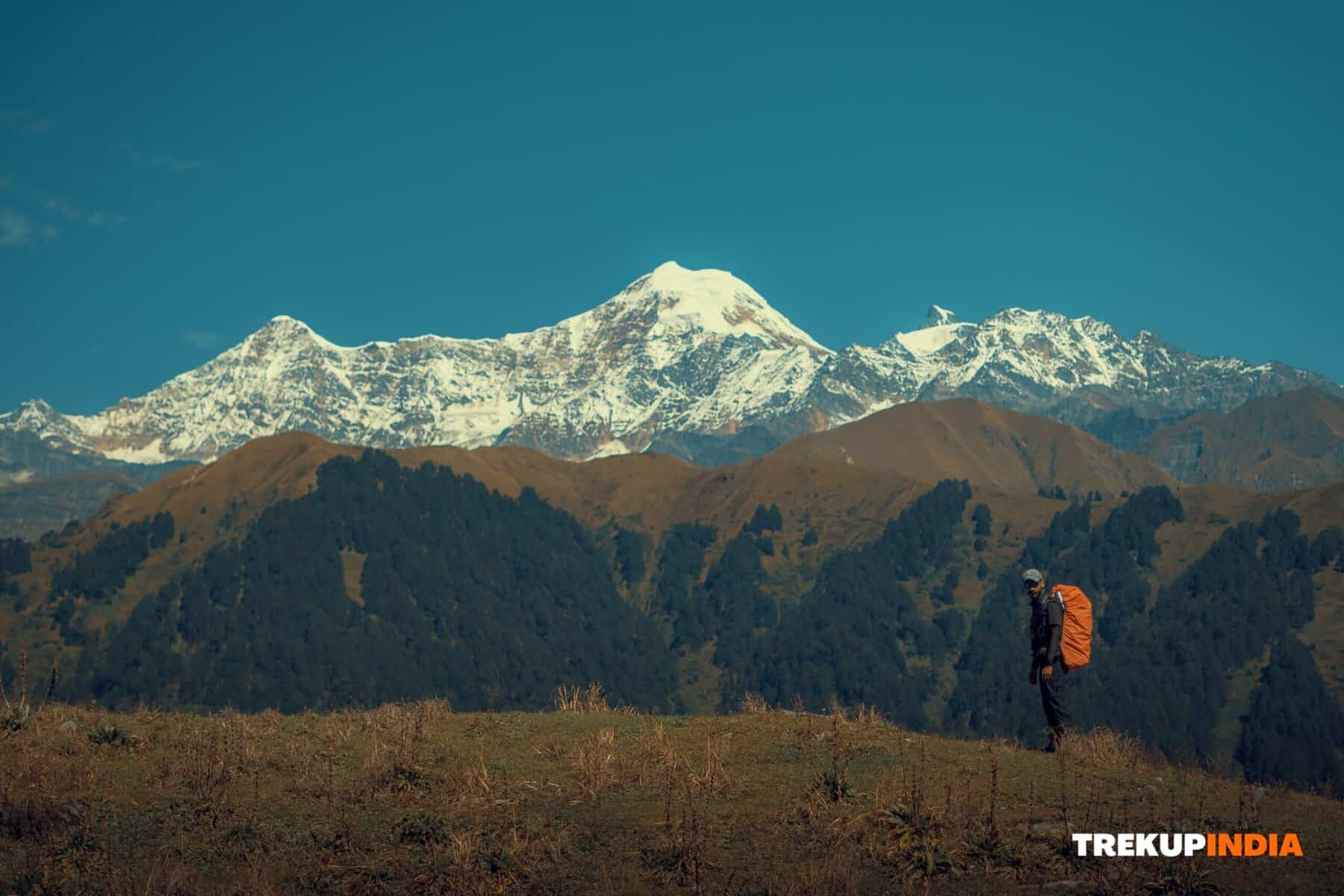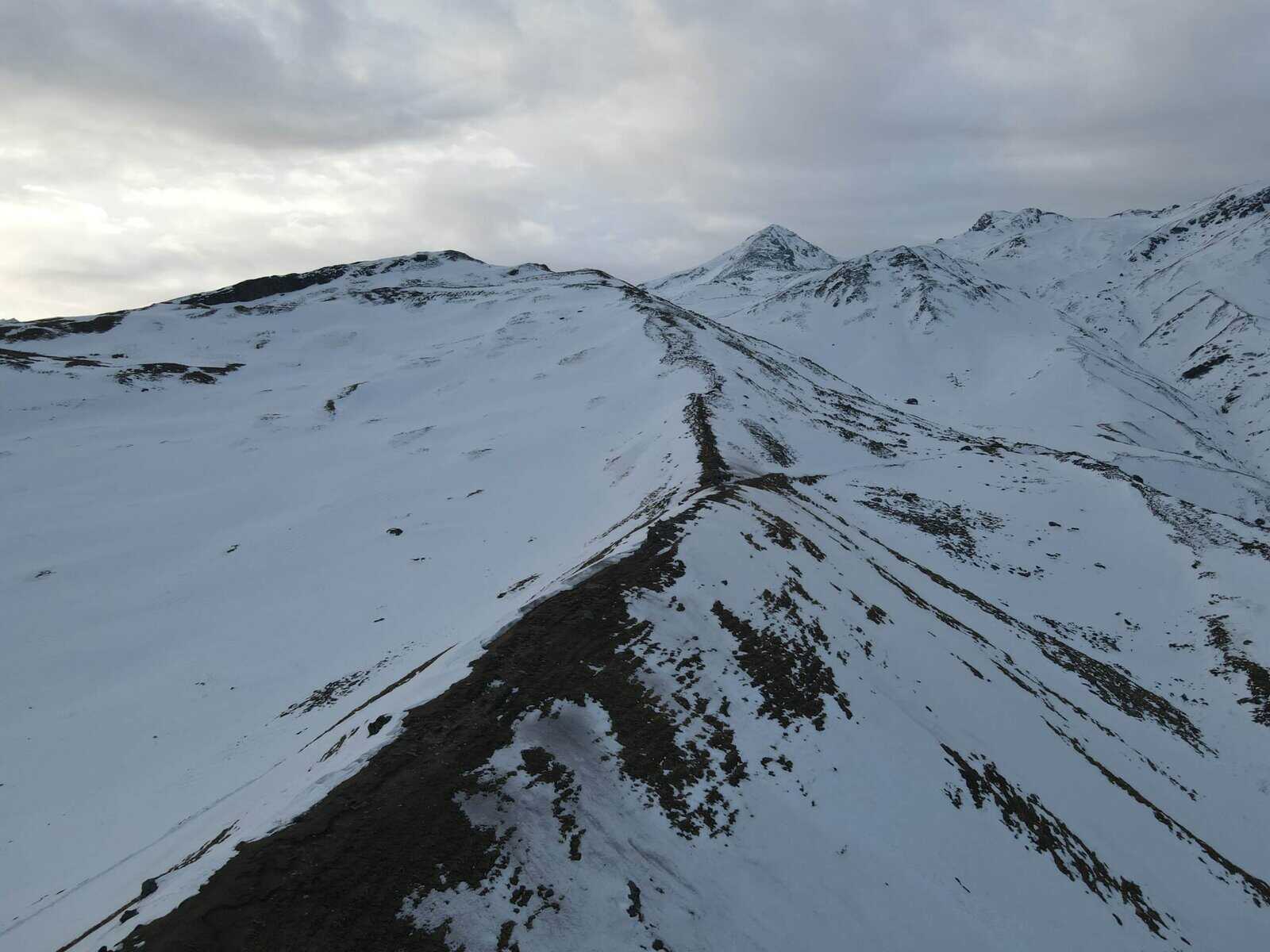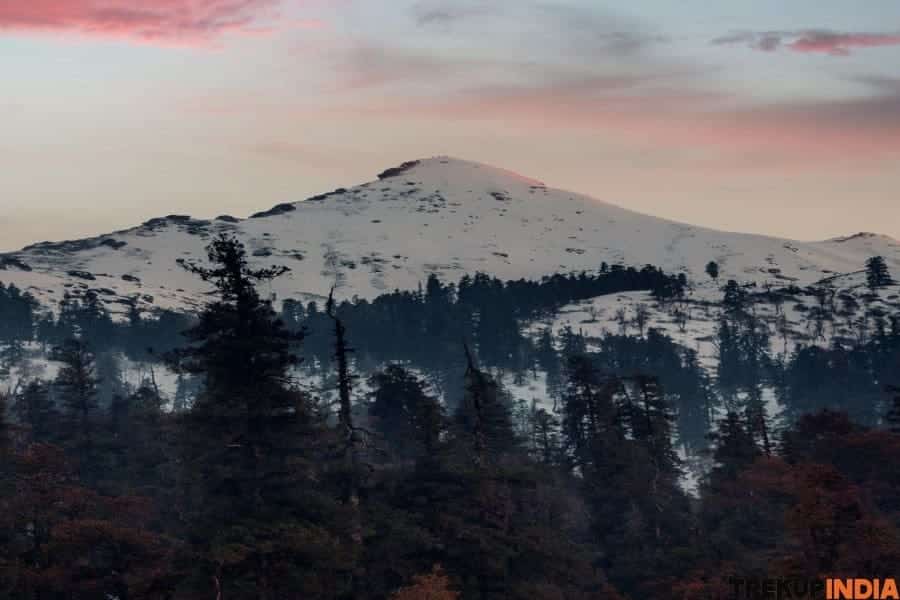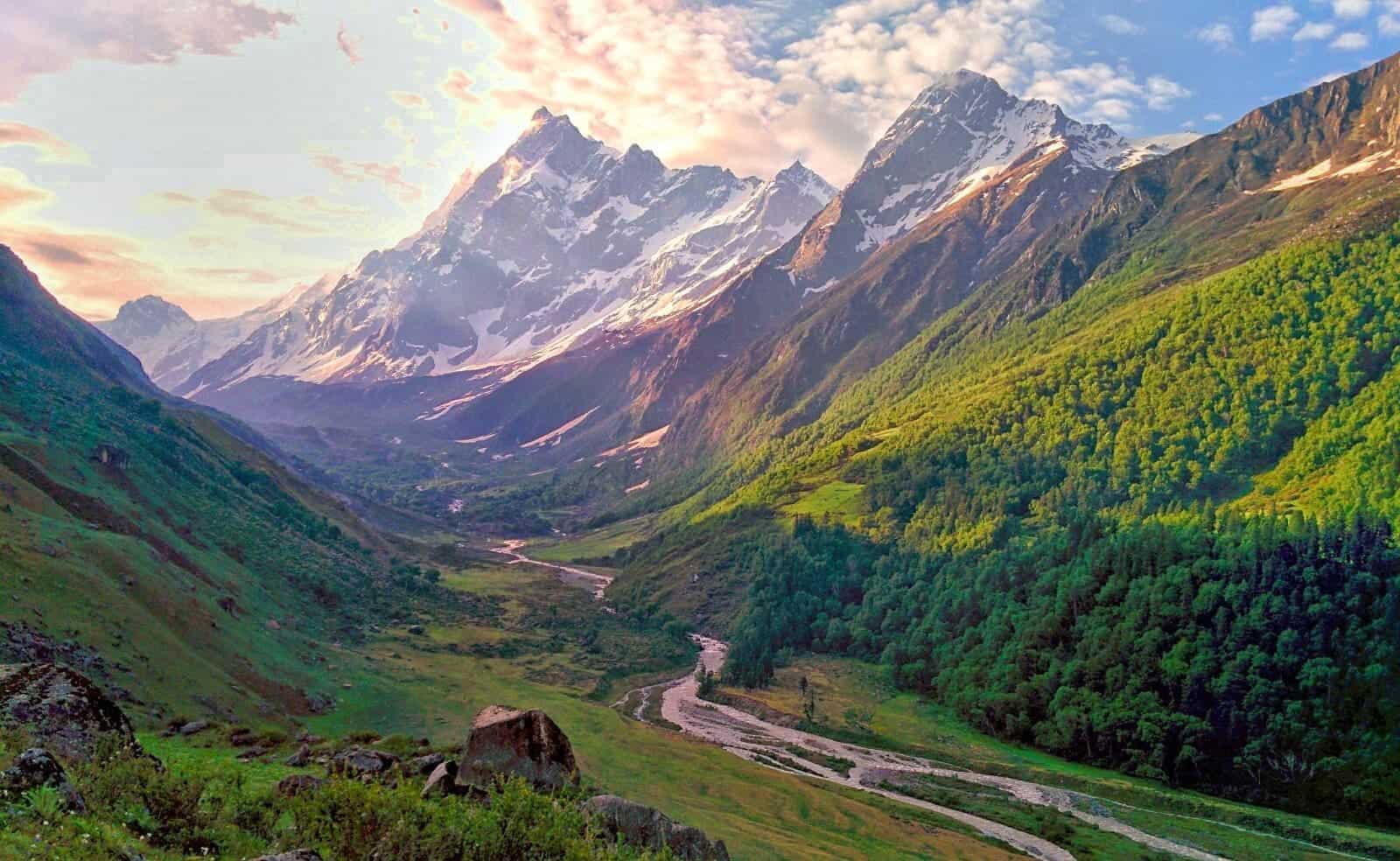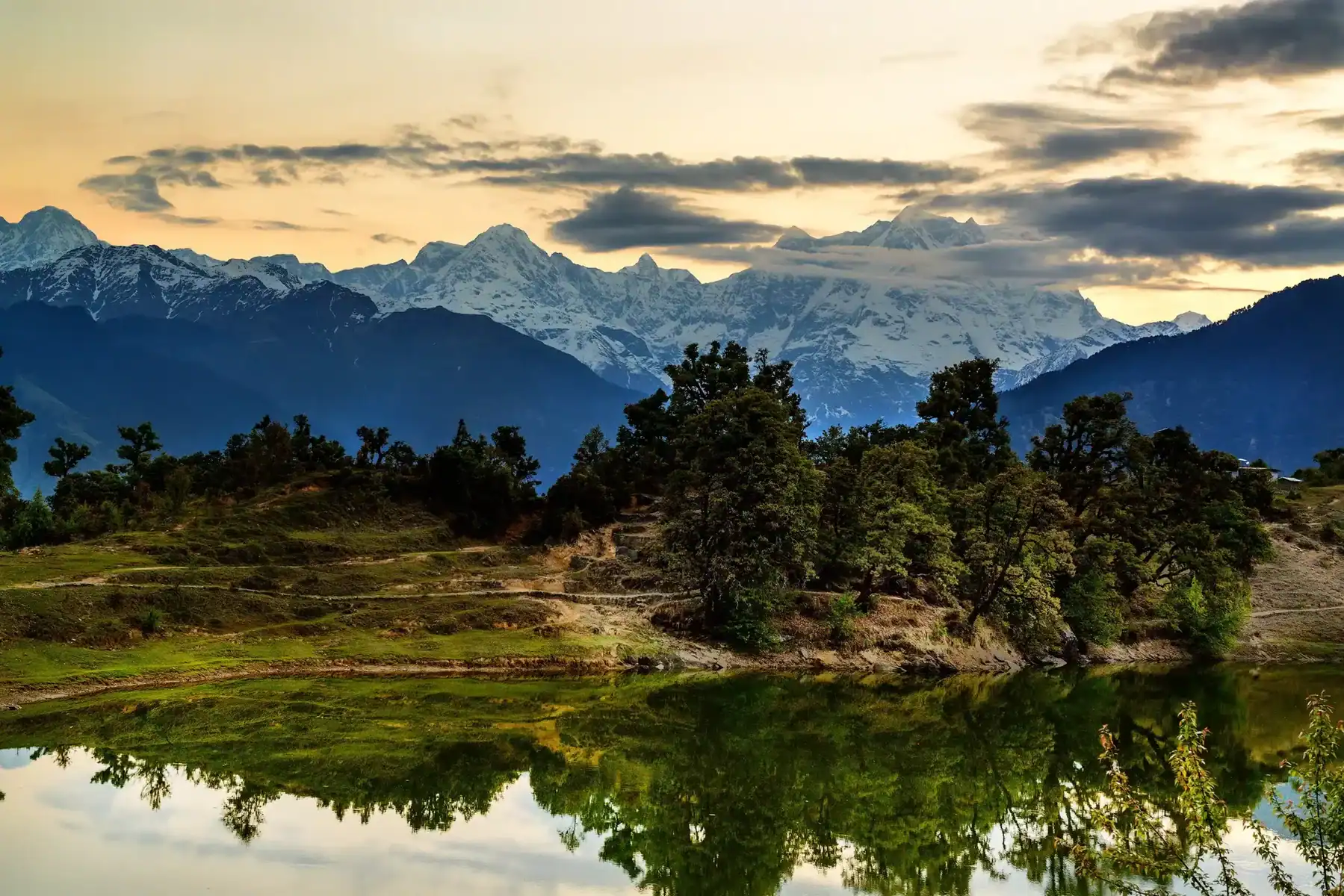Digar La Trek
Digar La Trek
The Digar La Trek is an exciting Himalayan journey connecting the Indus Valley to Nubra Valley(Ladakh) through Digar La Pass at 5,400 meters (17,716 feet). This less-travelled path offers an unforgettable trekking experience through rugged Ladakh terrain, scenic alpine valleys, and traditional Buddhist communities, making for an exceptional journey that provides both peace and breathtaking mountain vistas in an enjoyable trek away from large crowds. Experience an epic Ladakh journey on our newly designed Leh Nubra Pangong Tso Circuit tour, including an exhilarating adventure over the 18,000-feet Digar La pass! This itinerary brings a fresh approach to traditional Nubra-Pangong tours, making it the ideal way for newcomers to trekking to experience Ladakh’s breathtaking landscapes. Starting in Leh town, your tour begins with a gentle introduction and two days spent acclimatizing and discovering local attractions. Now embark on an exhilarating 4-day trek over Digar La pass, connecting Indus and Nubra valleys and offering high chances of sighting wildlife such as wolves. After your descent to Digar, enjoy stunning views of the Karakoram range as you descend. When your trek concludes in Hunder, take an exciting jeep ride towards Pangong Tso, crossing Wari La and Chang La passes en route.
Trek Itinerary of Digar La Trek
Day 1: Arrival at Leh (3500 m)
Plan to arrive in Leh by noon. Set aside this day for relaxing and adapting to the high altitude. While it might be tempting to spend all day inside, taking frequent short strolls will aid acclimatization. Don’t forget to visit local markets such as those found in Leh and gain an idea of what your surroundings look like!
Day 2: Acclimatisation in Leh (3500 m)
Discover Leh’s captivating cultural and natural wonders to better adjust to the Ladakh climate. Leh serves as the hub of Ladakh and the starting point for numerous expeditions; it boasts abundant monasteries and temples as well as exceptional local cuisine that attracts visitors from far and wide.
Day 3: Leh – Saboo (3900 m) 15 km Drive – Saboo Phu (4200 m) 3 km Trek
Starting our day in Leh, our journey takes us to the charming village of Saboo in Ladakh’s countryside, famous for its tranquil ambience and avenues dotted with birch trees. Once at Saboo, we travel by car before disembarking at its upper edge where a trek head lies; from here we cross a bridge and start trekking on a broad path winding through local pastures before arriving at Saboo Phu, an idyllic summer grazing ground for livestock that also serves as our campsite for one night!
Day 4: Saboo Phu – Digar La Base (4850 m) 5 km Trek
Today will be an easy trek as we head toward Digar La base camp. Along the way, we will enjoy breathtaking views of the towering Stok range as well as encounter various animals such as migrating birds, marmots, and pika, which provide a lively contrast to the landscape. Camp will be set up on a large knoll where two valleys meet, and prayer flags will indicate which pass we will cross tomorrow morning.
Day 5: Digar La Base – Digar La (5432 m) – Chumik Yokma (4650 m) 12 km Trek
After a quick two-kilometer stroll to the foot of Chumik Yokma pass, we begin the challenging ascent. While this segment of our trek may be difficult, the trek remains well-defined and straightforward for navigation; you may spot rare Himalayan creatures such as snow leopards or Tibetan wolves! From here we have breathtaking vistas of the Stok range vistas as well as Saser Kangri and Karakoram range views on clear days! After arriving at our pass, we begin the gradual descent back down through beautiful valleys of Ladakh and the Nubra region before reaching our campsite at Chumik Yokma for camping overnight!
Day 6: Chumik Yokma – Digar (3950 m) 7 km Trek – Hunder (3200 m) 70 km Drive
Today’s trek concludes with a gentle descent to Digar village and transportation by vehicle up into Nubra Valley for our destination of Hunder, where accommodations for tonight will include either a guesthouse or a homestay.
Day 7: Hunder – Wari La (5300 m) – Chang La (5360 m) – Pangong Tso (4400 m) – 240 km Drive
After breakfast, we will head across Wari La and Chang La to reach Pangong Tso, one of Ladakh’s largest high-altitude lakes situated along its border with China and featuring vivid blue waters that bridge India and China simultaneously. Take an evening stroll along its shores before spending the night at either a guesthouse or a homestay.
Day 8: Pangong Tso – Chang La – Leh – 230 km Drive
Today will mark our final leg of our journey: from Karu, we will descend Chang La and travel onward to Leh. Here, our trip will come to an end.
Trek Highlights of Digar La Trek
- Digar La Pass (5,400 metres): One of the lesser-known yet breathtaking mountains with amazing sweeping vistas over Stok, Karakoram, and Zanskar mountain ranges.
- An ancient trade route that once connected Leh to Central Asia.
- Stay in the high-altitude meadows of Ladakhi villages such as Digar, Tangyar, Sabu, and Sabu to discover Ladakhi culture and traditions.
- Views that take in Saser Kangri, Stok Kangri, and Shyok River Valley are breathtaking.
- Opportunities exist to observe Himalayan wildlife such as blue sheep, marmots, and snow leopards (rare).
How To Reach Digar La Trek
By Air: Leh is connected by air with Delhi, Srinagar, and Chandigarh via Kushok Bakula Rimpochee International Airport of Leh (IXL).
By Road: The Manali-Leh Highway, as well as the Srinagar-Leh Highway, are open between June and September for travel between these destinations.
Best Time to Visit Digar La Trek
From mid-June until mid-September is an ideal period to travel: Digar La is now free from snowfall, the Sky and roads are clear, and Rivers can be safely crossed. Avoid: In October to May, heavy snowfall and extreme cold make paths inaccessible and can make passage impossible.
Dates For Upcoming Treks
Want To Trek Like Pro?
Basically, watch these videos if you want to trek the same way professional trekkers do and make your skills better. These videos contain useful tips and techniques to further improve your trekking skills itself. These videos actually help both new and experienced trekkers improve their trekking skills. These videos definitely provide useful tips that make your trek better. We are seeing that these videos by Trekup India experts will only help you make your trekking skills better.
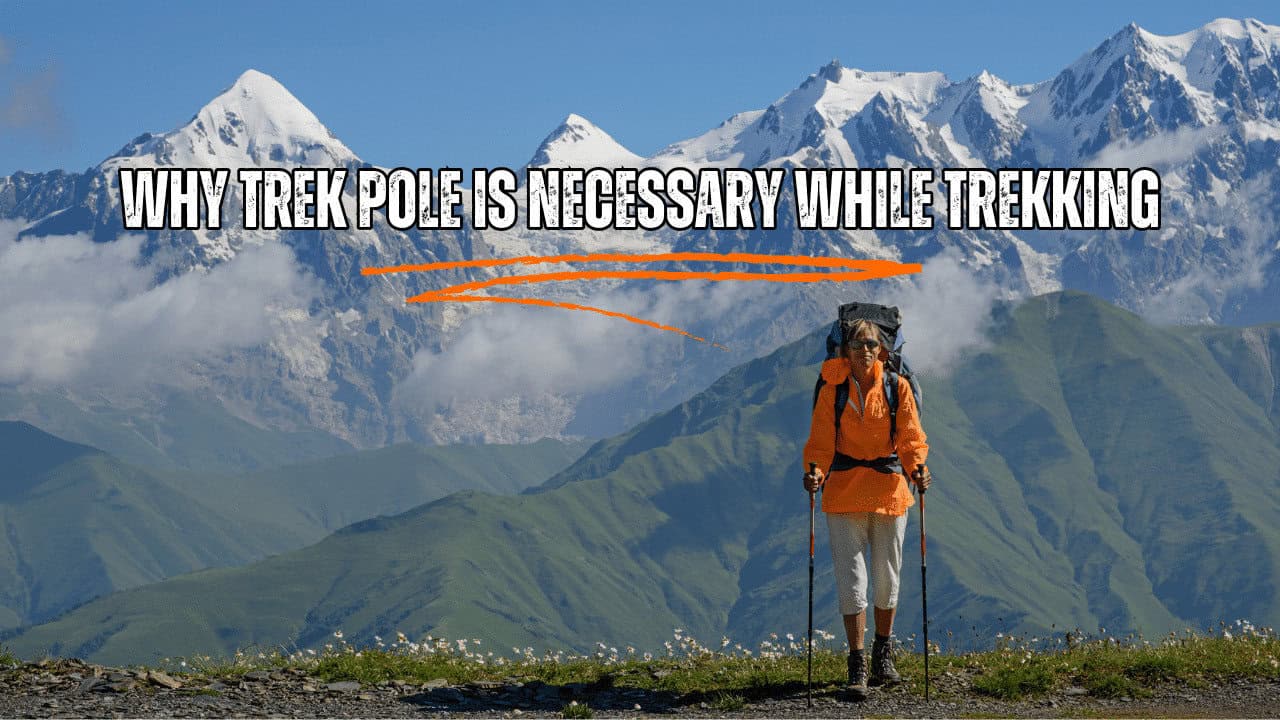






Know Everything About Acute Mountain Sickness
Acute Mountain Sickness occurs when people trek to high altitudes above 8,000 feet. This condition itself develops further due to reduced oxygen levels at such heights. Basically, as you go higher up, the air pressure and oxygen levels decrease, which causes the same problem. Acute Mountain Sickness surely causes headache, nausea, vomiting, and dizziness in affected persons. Moreover, peoples also experience difficulty in sleeping during this condition. To avoid mountain sickness, you should actually trek up slowly to higher altitudes. To learn further about this condition itself, watch the videos by Trekup India.





